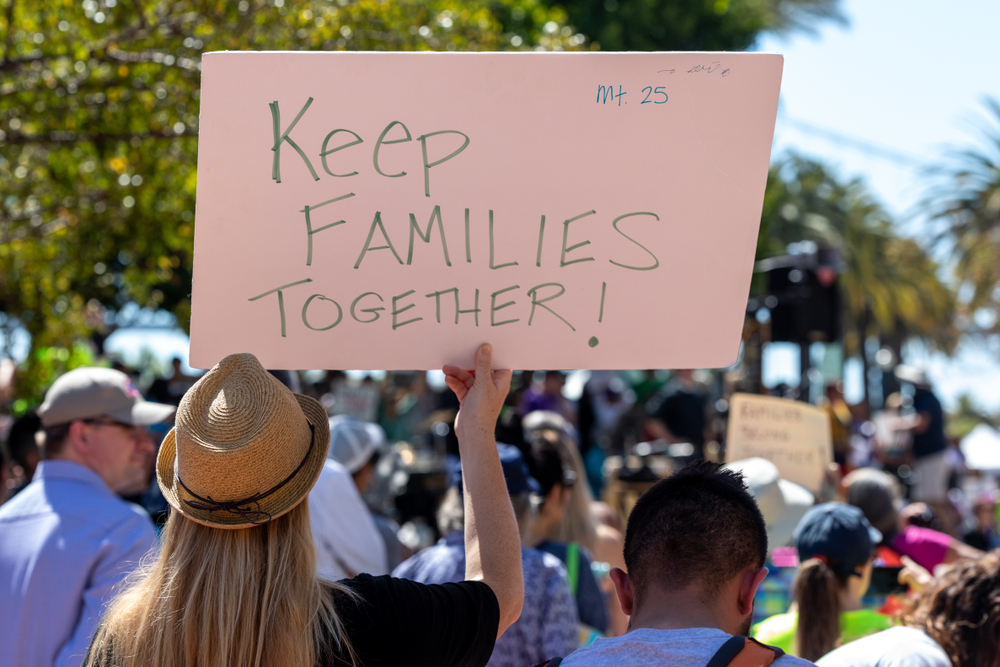The face of a 2-year-old Honduran girl, dwarfed by the adults who only appear as legs in the photo, communicates undeniable anguish. Used to represent the horror of children separated from their parents at the U.S.-Mexico border, the photo became a lightning rod for controversy when it turned out that this particular child was not actually separated from her mother. In an interview for CBS News the border patrol officer involved in the incident explained that they asked the mother to put her daughter down so she could be searched. He explained, “It took less than two minutes. As soon as the search was finished, she immediately picked the girl up, and the girl immediately stopped crying.”
The fact that the girl recovered immediately shows that she has had accumulated a reservoir of experience with her mother coming back. Rather than falling apart, she was immediately comforted. The very presence of her mother appears to have given her the skills to manage her distress. In an instant she is OK.
But when separations are beyond a young child’s ability to manage, the capacity to recover in the face of disruption is compromised. Time is of the essence. With too much time, “stress” is transformed into “trauma.”
Your patients are rating you online: How to respond. Manage your online reputation: A social media guide. Find out how.



